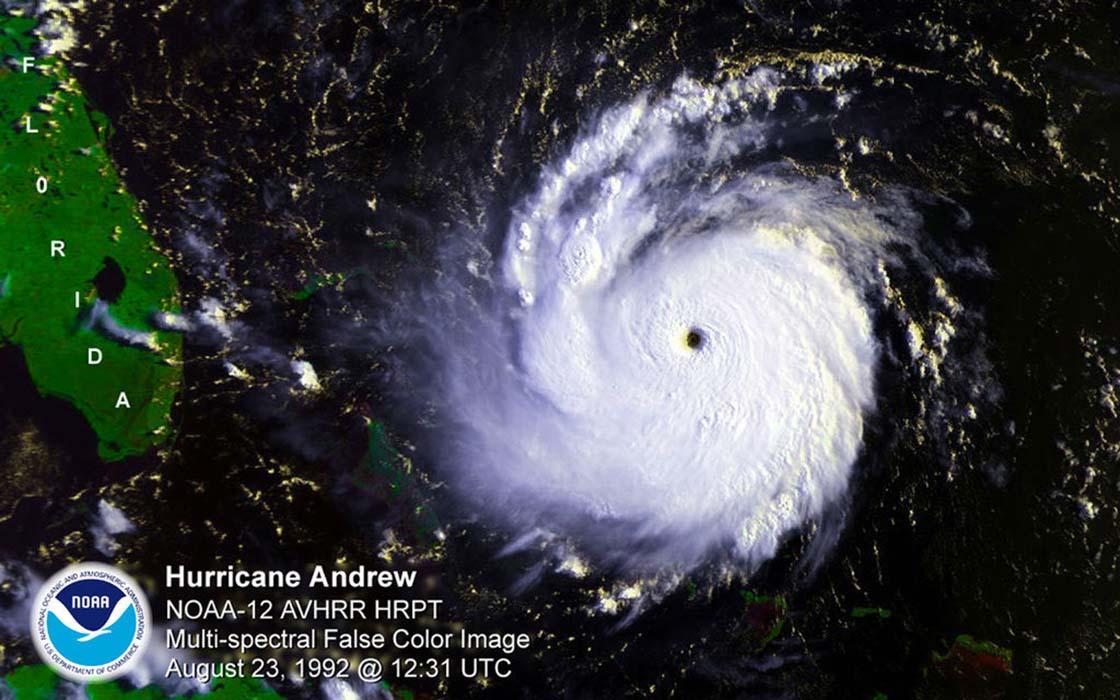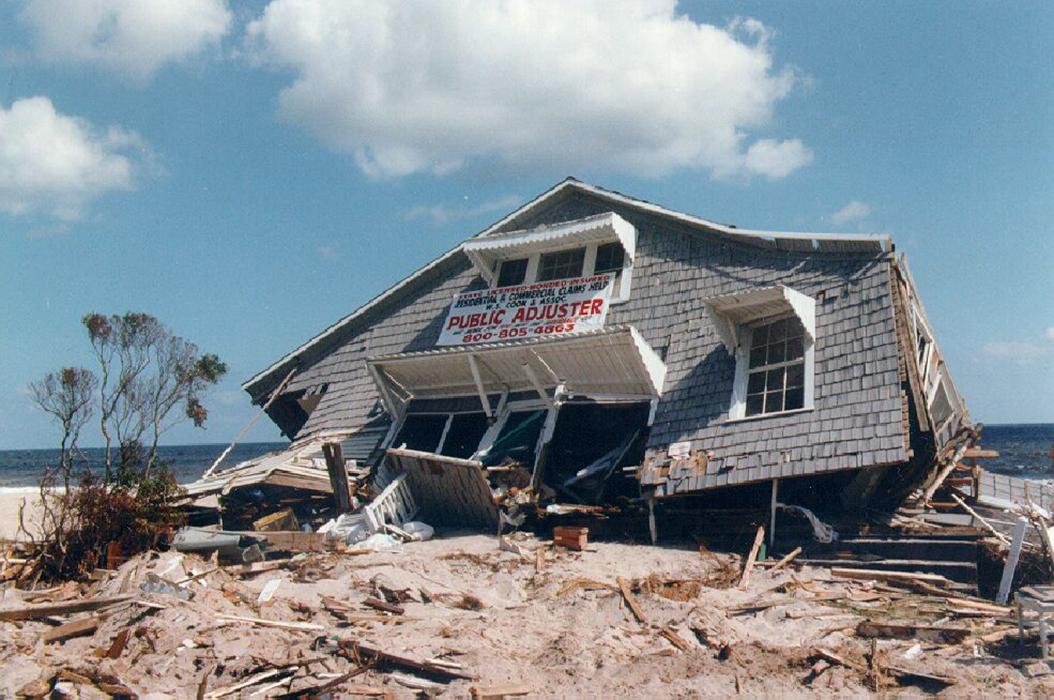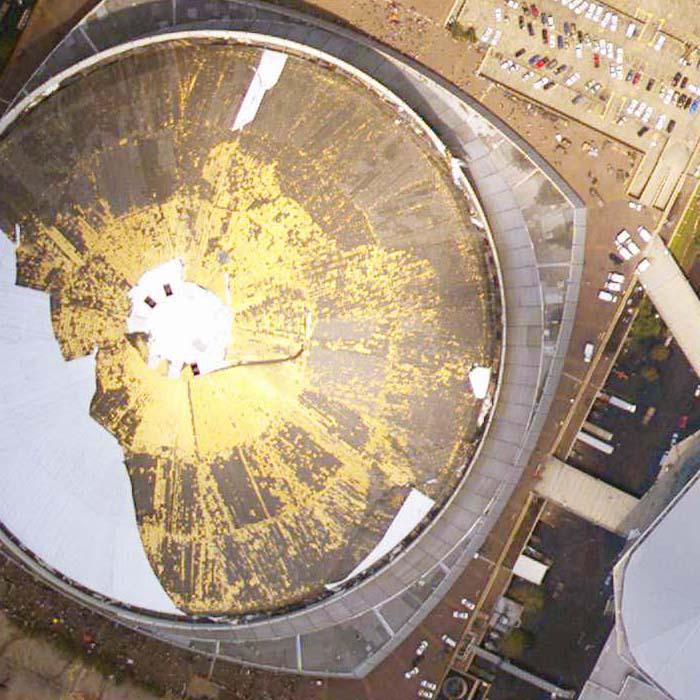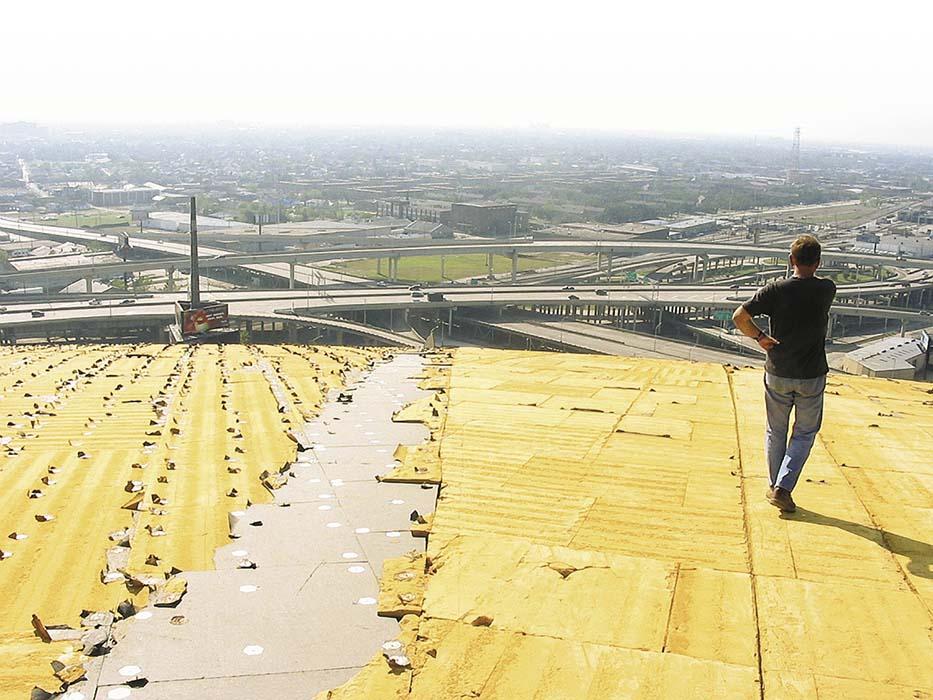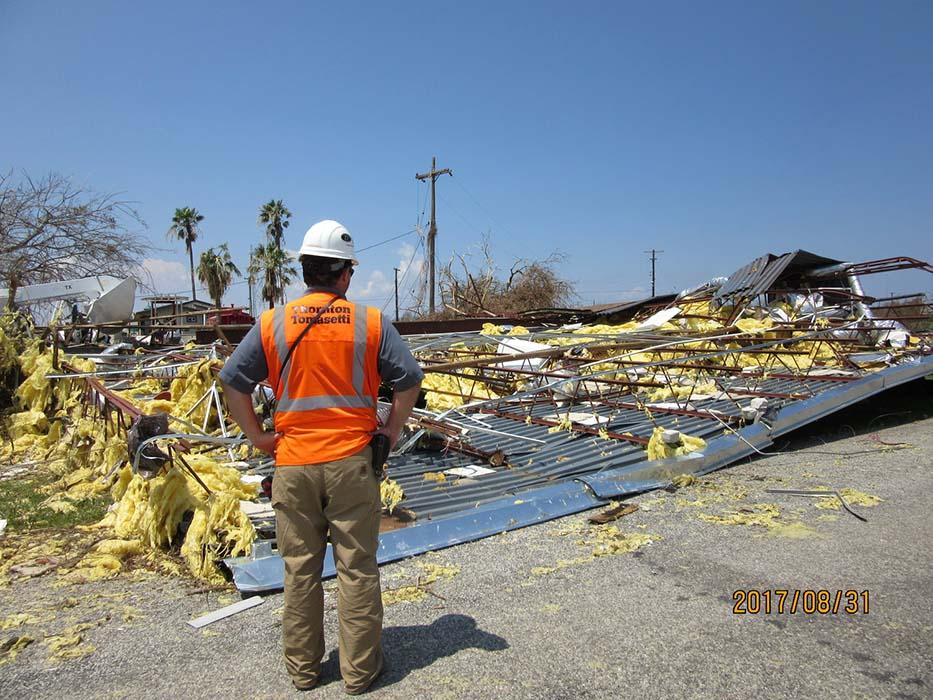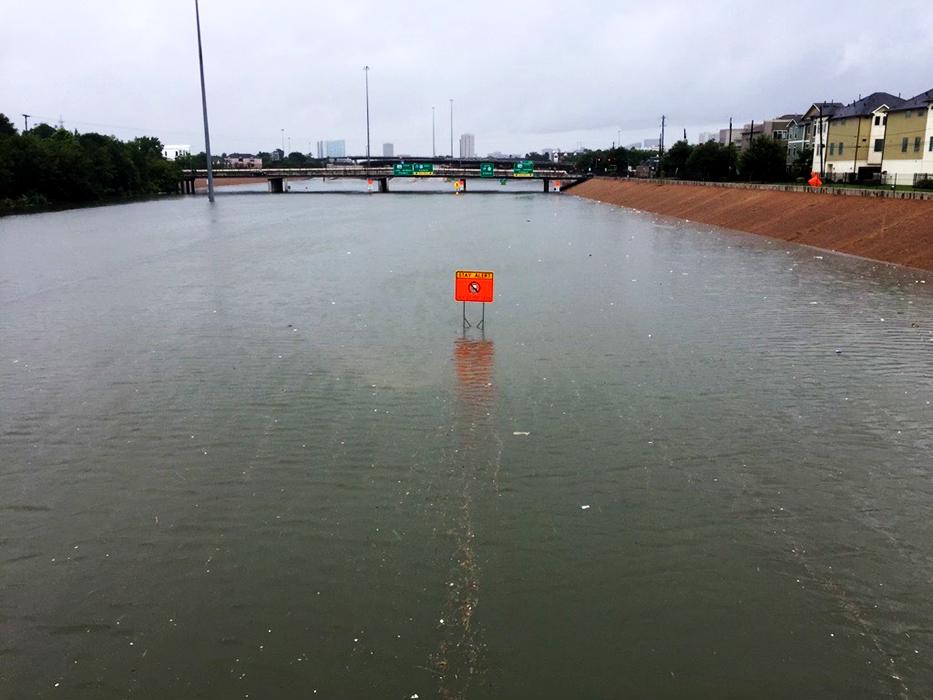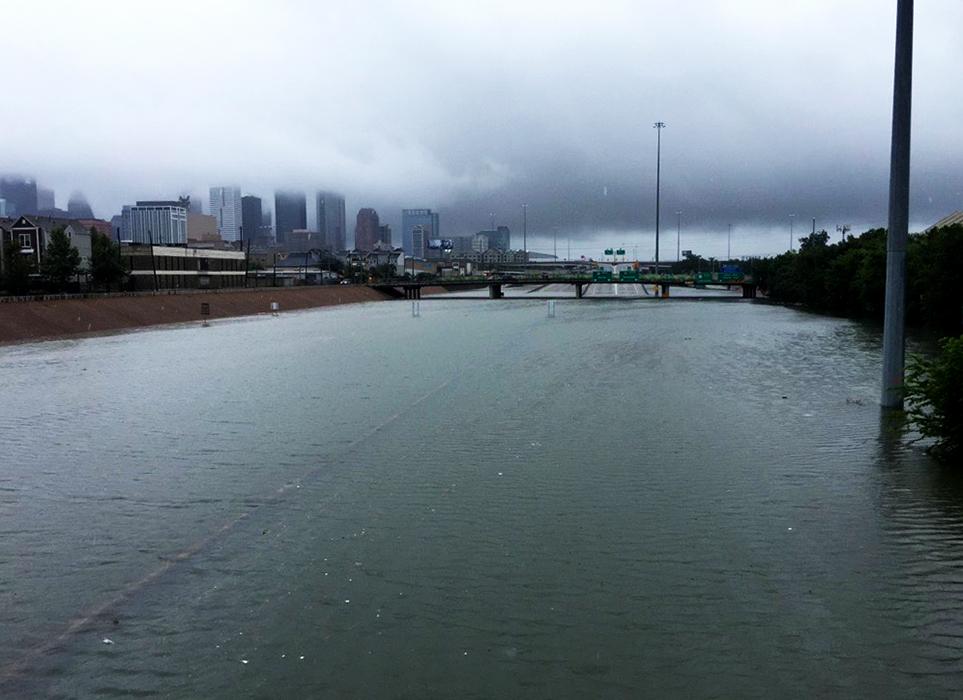
How Hurricanes Have Influenced Building Codes
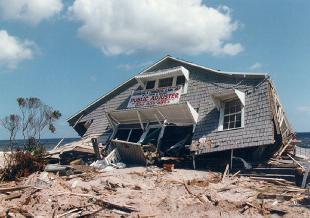 Thornton Tomasetti
Thornton Tomasetti
Primarily enforced by state and local governments in the U.S., building codes are laws that set forth minimum requirements for the design and construction of structural, HVAC and other systems. Because codes are unique to each geographic location, it’s important that they adapt and respond to the threat of natural disasters in the area. Throughout the years, major hurricanes have brought change to many state and local building codes.
See More Hurricane Season Insights & Advice
Hurricane Andrew
When Category 5 Hurricane Andrew struck South Florida in 1992, it caused 65 fatalities and more than $27 billion in damage. At the time, there were more than 400 different local building codes across the state of Florida, and a lack of regulation left structures vulnerable to storm damage. This led to the adoption of the Florida Building Code (FBC), which promotes more robust, wind-resistant construction. The code outlines areas most prone to high-velocity hurricanes and mandates strict requirements that may include shutters, impact-resistant windows, reinforced roofs, and hurricane straps for securing roofs to walls.
Hurricane Fran
Making landfall in North Carolina in 1996, Category 3 Hurricane Fran caused 27 fatalities and $5 billion in damage. As a result, building codes in the state adopted stricter wind resistance standards, improved roofing and roof attachment requirements, enhanced foundation and structural requirements, modified elevation requirements in flood-prone areas, improved building envelope standards and stricter building inspections and enforcements.
Hurricane Katrina
Another devastating Category 5 hurricane, Katrina caused more than 1,800 fatalities and up to $145 billion in damage in 2005. The storm brought extensive coastal flooding, which prompted changes in building codes in Louisiana and adjacent states, including elevation requirements, floodplain management and building techniques. In addition, tougher requirements for building permits, inspections and licenses for contractors have helped to ensure a higher quality of construction in these hurricane prone areas.
Hurricane Harvey
In 2017 Category 4 Hurricane Harvey made landfall in Texas and Louisiana, causing extensive flooding and more than 100 deaths and $125 billion in damage. The storm influenced changes to building codes, particularly in the Houston area. It prompted discussions about improved drainage systems, flood mitigation measures and elevated foundation requirements to prevent flooding and protect structures during hurricanes.
With climate change worsening the impacts of hurricanes in both intensity and frequency, it’s more important than ever to promote robust and resilient building standards to protect lives and property in vulnerable areas. Thornton Tomasetti can help you to evaluate your current property or plan for future building projects in hurricane-prone regions.
Contact Us
Don't wait until a storm is predicted to strike your area. Contact Thornton Tomasetti to help you develop an emergency preparedness plan. In the event that a hurricane does damage your property, we have performed rapid assessments for a variety of clients on a range of building types across the coasts and we can help you get back to functionality as quickly as possible.









